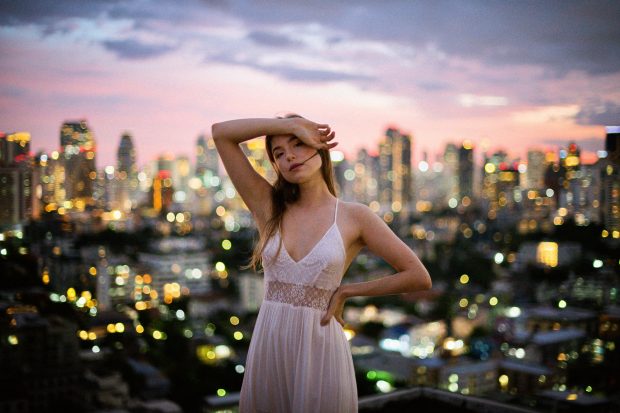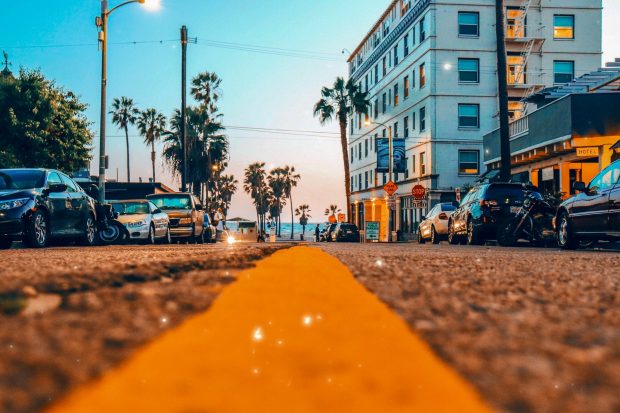How many times have you gasped looking at amazing low light photography? Especially the pictures which are captured in darkness? We know! Not only do they look spectacular, but they also hold a certain unmistakable enthralling quality about themselves. And there are some pictures which are clicked the best in just such conditions.
Ideas to try with your camera
Ideas come in plenty when you are just beginning with this mode of photography.
Use the Bokeh
Bo- what? Hah! We bet you didn’t know that term before, right? Well, bokeh is the technical word that is used when you blur out the focus areas in your pictures with all open lenses. It is one of the most used tricks in the book to get the viewer’s attention to a particular angle of the image since everything else looks creamy and hazy.
Twinkling Effects with Aperture Readjustment
You can do just the opposite with this one. All you need to do is stop your lenses all the way down thus creating the highest aperture values. This will help you to capture the brightest of images even from the bleakest points of light. Since the amount of light going through the lenses will be very little, you need to ensure that you have the tripod, the timer, and just let it work on its own.
Find Single Light sources
This style of picture clicking calls for a single light source that is bright enough to cover all the darkness around. This is widely used by photographers all over the world as this technique allows you to create an effect of shadows showing only a part of the subject in the picture. You can work with a flashlight or even a flame for this one.
Get Glow Wire
Another idea that is fast catching up with the pace in this world is the use of glow wires and glow tapes. According to the experts at Ellumiglow, this brand new technology is the next step in the lighting industry to the forever popular EL wire, or E-wire lights due to its increased brightness. You can use these in multiple ways to create an illusion of multidimensions along with the extra sparky play of colors.
Although it is something that may come across as very tricky, a general conception is that the lower the brightness is around the area, the more difficult it becomes to photograph the perfect shot. However, that is not a deterrent when you are already equipped with a professional camera. With some tips and tricks here and there, you can get picture-perfect shots amidst little light around.
How to get them right always?
According to industry professionals, there is not one single trick that goes into making a dark picture. In fact, to make it come alive, there are various nuances of photography that need to be taken care of well. Some of the key points have been discussed in the following pointers.
Slow Shutter Speed
If you are going for low light photography, then, in that case, you need to emphasize much on your shutter speed. It is the factor that allows the amount of light into your camera. The lower the settings are, the sensor captures more light.
Mostly, when you are going in with this style of photography, there may be times when getting a hand on a tripod may not be feasible. In such circumstances, the chances for a blurred version of a picture grow. So what do you do in such a scenario? Well, nothing to be worried about. You can easily make it right by setting the speed to just a fraction of the focal length. This will get you blur-free and sharp images while shooting manually.
Image Stabilization
In some places, it is just way too dark. But still, it does not mean that you cannot take pictures or you need to get some artificial light which will just defeat your purpose of capturing pictures in low light altogether. We are talking about the times when having 1/30th or even a 1/40th of a second would not suffice to click good pictures in the right exposure. Going any further than that then puts you at risk of having motion blur.
The solution for this problem lies with image stabilization, which is something that is facilitated with a high-performance lens. Almost all the big names of the camera world craft lenses which are designed in such a manner that they reduce camera shakes to the maximum effect. It is very useful to have around as it allows you to have till 4.5 stops of compensation. So this feature allows you to click shots at 1/15th or even lower of a second without having to worry about any blurring outlines.
Fast Lens
When faced with a combined case of fast and low light photo capturing, having a fast lens in your kitty is the only thing that will help you to save the day. If you are wanting to go in for the maximum achievable aperture, then it is something that you would not want to miss out on. The widest apertures let you capture in the darkest of areas. For a general idea, an f/1.4 will get you to have four times light, which would be as much as f/2.8.
Wide Aperture
Just so you do not get confused with this information with what has been written above, the aperture is the hole in the camera lens from which the light passes through to help you create your perfect pictures. So, if you want to capture clear images, it makes sense for you to have a wider aperture. Having said that, you do need to remember that the bigger the aperture is, the lower the f-number would be, and not the opposite. Also, this will help you to create a shallow depth of field.
Post-Production
Don’t have fancy camera equipment and don’t want to spend hours preparing for your photoshoot? Not a problem! You can still achieve the low-light picture effect in the process of post-production. Besides, there is a well-rounded program that can help you with that no matter your editing skill level. Meet PhotoWorks! The editor is equipped with a set of powerful tools for color correction. So you will be able to easily darken a photo taken in the morning or make a twilight picture clearer.
Conclusion
Now that you know all there is to know about low light photography, we wish you all the best in clicking drool-worthy pictures and sharing them on your social media handles for all the likes and comments. Also, alternately, you could also try out light painting, candles, and fairy lights to add in that magical effect in your captures. Good luck!
Read More:
Wedding day photography – the importance of time allotment
Water photography: tricks to capture the best shoots of water
How to pose for pictures tips from professional models
The Art of Business Photography: Three Lessons that Online Casino and Other Industries Can Teach You



